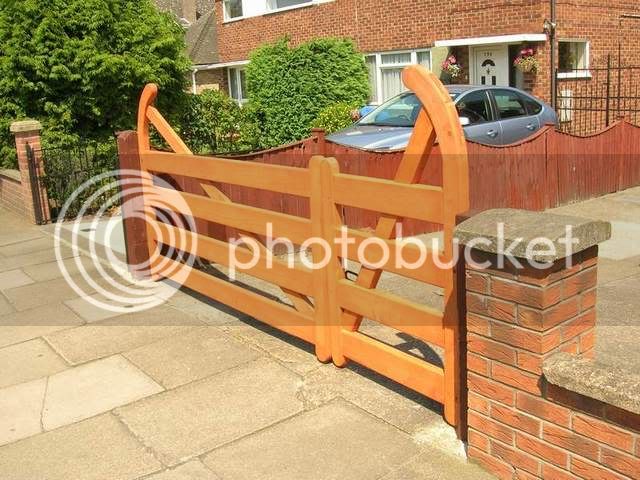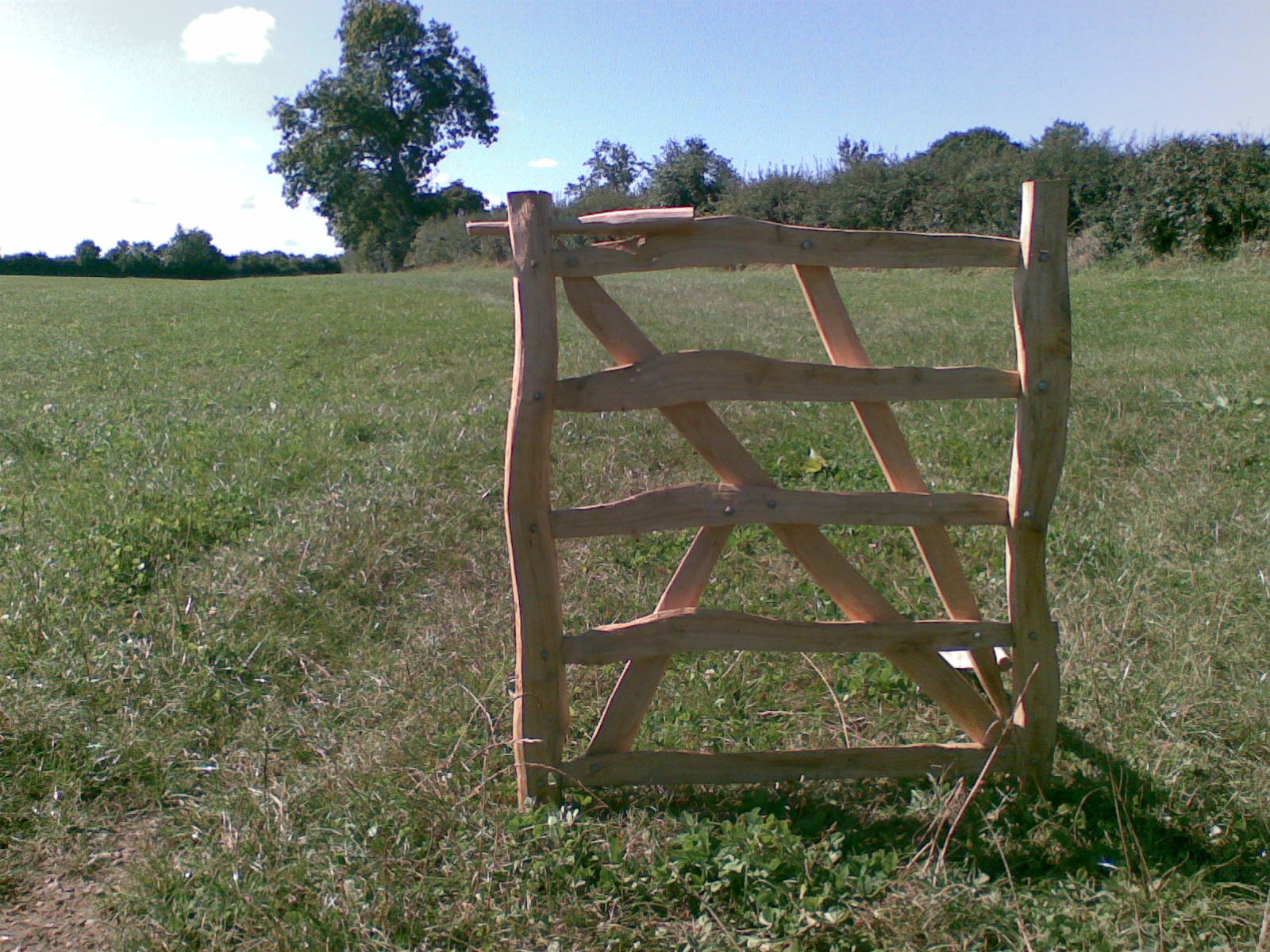Benchwayze
Established Member
Hi Folks,
I've been asked to make a six-foot wide, five-bar gate for a friend's patio. Whilst he wants it smaller than a genuine gate, he does want a 'proper-job'.
Because metrication is ‘scant’ compared to imperial, I want to use 75mm square timber for the stiles, and 75mm x 25mm for top and bottom rails; using a filler piece for the straps/bands. For the three horizontal bars I thought of using 50mmx 25 mm. Does this sound about right please?
I don't have a problem with which joints to use, other than am I correct to use wedged, through mortices for both the frame and the bars, or would I use blind mortices for the bars?
From memory of gates I’ve seen, the diagonal braces are usually fitted to either side of the bars, to form an X and are bolted to each bar. (Customer wants only one diagonal brace so the remaining problem is how is the brace fitted to the stiles? Or should I just whack in a length of galvanised conduit, with a good thread at each end and make it an adjustable brace.
Any thoughts please?
My thanks in anticipation.
Regards
John
I've been asked to make a six-foot wide, five-bar gate for a friend's patio. Whilst he wants it smaller than a genuine gate, he does want a 'proper-job'.
Because metrication is ‘scant’ compared to imperial, I want to use 75mm square timber for the stiles, and 75mm x 25mm for top and bottom rails; using a filler piece for the straps/bands. For the three horizontal bars I thought of using 50mmx 25 mm. Does this sound about right please?
I don't have a problem with which joints to use, other than am I correct to use wedged, through mortices for both the frame and the bars, or would I use blind mortices for the bars?
From memory of gates I’ve seen, the diagonal braces are usually fitted to either side of the bars, to form an X and are bolted to each bar. (Customer wants only one diagonal brace so the remaining problem is how is the brace fitted to the stiles? Or should I just whack in a length of galvanised conduit, with a good thread at each end and make it an adjustable brace.
Any thoughts please?
My thanks in anticipation.
Regards
John







